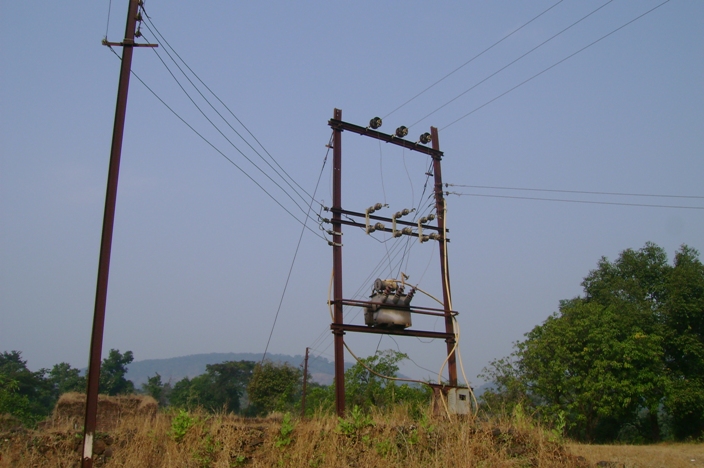State government-owned power distribution companies in Rajasthan have planned to introduce virtual segregation of 11kV feeders.
Rajasthan discoms – Jaipur Vidyut Vitran Nigam Ltd (JVVNL), Ajmer Vidyut Vitran Nigam Ltd (AVVNL) and Jodhpur Vidyut Vitran Nigam Ltd (JdVVNL) – have jointly invited expressions of interest from potential service providers for “virtual” segregation of 11kV feeders.
The motive behind this proposal is to segregate agriculture load on the discoms’ existing 11kV feeders with the help of advance information and communication/smart technologies. This virtual segregation seeks to obviate the need for laying out of separate agriculture feeders.
The discoms are seeking a solution that is low-cost, reliable, scalable and suitable for deployment on existing distribution transformers.
Rajasthan discoms have asked potential suppliers to submit their concept proposals within 15 days (up to around November 5, 2021) to JVVNL who in turn may ask interested parties to present their detailed proposal to the competent authorities.
Also read: DERC Holds Emergency Meeting, Extends Relief To Discoms
What is feeder separation/segregation?
In general feeder separation refers to a technique used in rural areas for demand side management. It entails separation/segregation of feeder lines meant for agricultural and non-agricultural electricity consumption. In other words, domestic (non-agriculture) and agriculture consumers receive electricity supply through dedicated feeder lines.
With this, discoms can regulate power supply to agricultural consumers with a view to achieving demand side management, without affecting domestic consumers. The basic idea behind this is to provide regulated supply (not continuous) to agriculture consumers and continuous supply to residential/domestic consumers, in rural areas.
It must be appreciated that in rural areas, consumption by agriculture consumers is far in excess of that of residential/domestic consumers.
Feeder segregation also improves the voltage profile across all consumers. It also helps in flattening the load curve as agriculture feeders can be charged at non-peak hours.
Virtual feeder segregation
One of the common modes of virtual feeder segregation is to install single-phase distribution transformers on high-tension (HT) lines, for domestic consumers.
Featured photograph shows a rural distribution transformer is for representation only.



